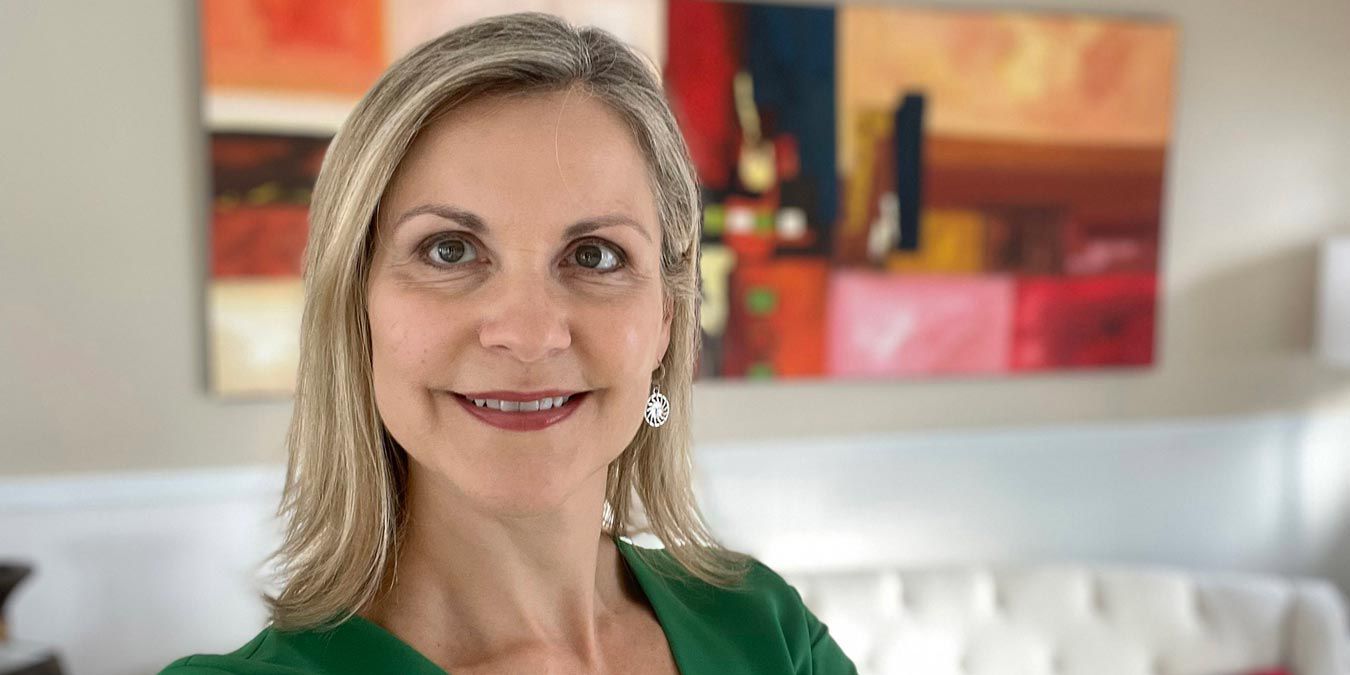Lisa Da Silva, principal investment officer and global cities lead at IFC, holds a great perch from which she sees a breadth of urban challenges and opportunities around the world–especially as they relate to climate change. In this interview, which is edited for length and clarity, she sees several major investment opportunities ahead related to climate, including housing, transport, and water.
Q: Why are cities and infrastructure important to the green transition?
A: Cities are the biggest contributors to greenhouse gas emissions, accounting for 70 percent of CO2 emissions. Transport and buildings are two of the biggest culprits. It’s also important because the infrastructure we’re building today has a long life, so it’s going to set the climate trajectory for the future. It therefore needs to be green.
There’s also the issue of adaptation to climate change. Cities are home to more than 50 percent of the world’s population–and that will grow to 70 percent in 30 years. Many cities are not prepared for climate shocks, or do not have funding to address these challenges. As with investments for mitigation, climate resilience investments can impact quality of life, jobs, and the competitiveness of cities. The adaption piece is big. In 2018, we saw Cape Town suffer droughts and all residents had to conserve water. This past July alone there were almost 1,000 deaths from floods globally–one of the worst months on record–and that doesn’t consider the damage to property and loss of economic activity.
Q: What are the challenges for attracting investment from the private sector?
A: Private investors seek bankable transactions, and creditworthy off-takers and sponsors. Not all cities are creditworthy sponsors, have the authority to borrow to invest, or have the capacity to structure bankable transactions. Sometimes the challenge is to establish the necessary incentives to attract private investors. Other times, projects require a combination of subnational and national government involvement to make them bankable. This adds complexity and uncertainty, which private investors shy away from.
Q: What does it take to green up cities?
A: Cities have to leverage their two main roles: first, as asset owner and project sponsor; and second, as rule setter through public policy. Let’s take an example of buildings. Municipal governments may have land that they can turn into commercial developments that achieve green goals. Cities can also retrofit public buildings through public-private partnerships with rooftop solar developers–these don’t cost the city any upfront costs. And to encourage investment in private buildings, cities can use tools such as zoning, tax incentives, and additional “air rights” to promote green or even zero-carbon buildings.
Q: What are some of the interesting investment trends that you are seeing in cities?
A: We’re seeing many examples of smart traffic management systems and ride sharing that, especially when combined with electric vehicles, can have a significant impact on a city’s emissions. Similarly, sensors to detect water leaks can reduce losses in a cost-effective way and build resilience in drought-prone cities. We’re also seeing a lot of cities grappling with how to develop more livable and walkable urban centers that reduce commute times, reduce transit emissions, and promote better living and working environments.
Q: In the coming years, where are the future climate-related investments for cities?
A: Ride sharing will be one big trend. It’s about addressing a need and a gap for citizens, and reducing the number of trips in cars. Another big trend is electric mobility. Every city is thinking about how they promote electric vehicles–two wheelers, three wheelers, electric buses, and electric cars. But how do you have e-vehicles when there aren’t enough charging stations? Addressing this chicken and egg challenge is where we need to put some effort.
And a last big growth area is green buildings. It is a huge investment opportunity. Cities can create incentives that will spark more investments. Green buildings not only impact climate change, they also impact people’s lives. In South Africa, we showed that residents of green houses saved on average a month of energy costs per year. That’s substantial, and it didn’t cost anything extra.
Published in November 2021
